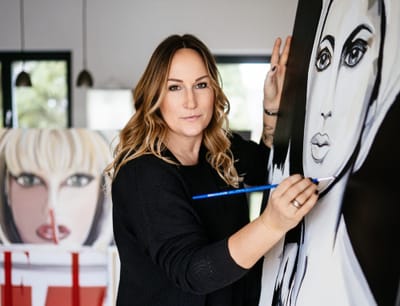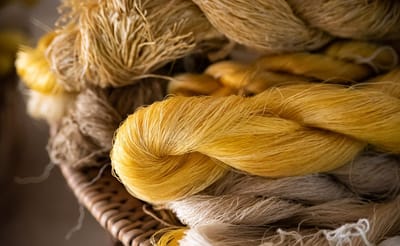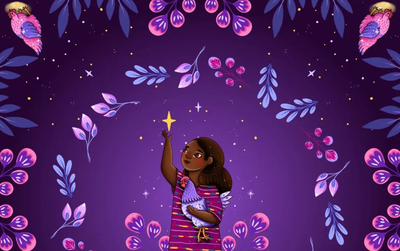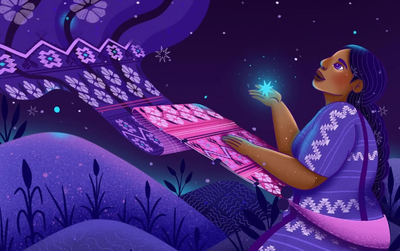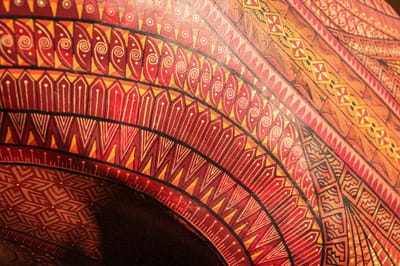Present in poetry, painting, calligraphy, architecture, and design, the concepts encompassed by Chinese aesthetics are vast and have changed significantly over the centuries. Some of them remain intact; others evolve through modern artists reinterpreting these traditional perspectives to incorporate them into contemporary styles. One of these is the Five Elements Theory, Wu Xing. Also translated as five phases, it explains the cosmos' changes and is related to seasons, cardinal points, colors, musical tones, and body organs. They are widely used in medicine, acupuncture, music, astrology, and also design.
These elements are Shui (water), Huo (fire), Jin (metal), Tu (earth), and Mu (wood) (Image)

The studio Wuxuantu takes this philosophy as the creative axis for their sculptures, paintings, and crafts. Founded by the sculptor Jia Jianghong and designer Wang Shan in 2016, it focuses on studying the aesthetics of metallic objects. Wu, which means "five," represents the five colors for each element, black, red, white, yellow, and blue. Their pursuit is to find the traces and spirit of traditional Chinese aesthetics and translate them into everyday objects, such as fans, bowls, vases, cups, and also sculptures, and art pieces. Their work intends to give a new vision that transforms local materials, continues the practice of traditional techniques, and honors the Chinese identity.
Translating this philosophy has both aesthetic value and social significance. For Wuxuantu, it's essential that Chinese people preserve their context. Through the objects themselves, the living environment is transformed to fulfill modern people's needs while still going back to their cultural roots. Through their products, they want to tell interesting stories from China. Nowadays, artists are able to create new possibilities for developing art, humanities, and society, fostering an artistic vision and creating inspiration to explore, for both locals and travelers.


